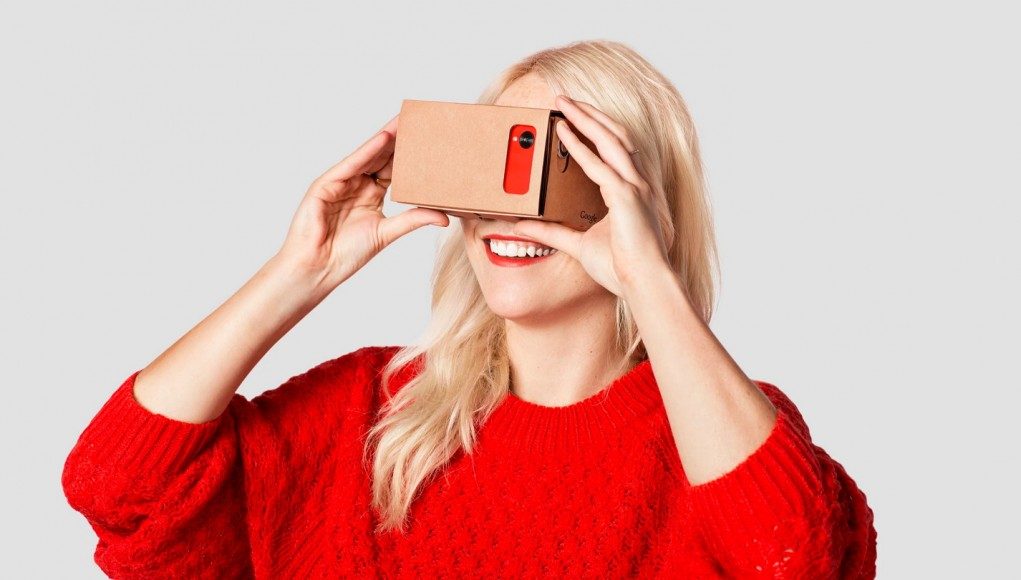Google, who has now has several major VR initiatives underway, notes major gains in interest in virtual reality and 360 degree video capture and sharing. The company is now prompting brands to consider what role VR will play in their marketing strategies.
Google was one of the earliest major companies to jump into the modern virtual reality space, announcing their now well known Cardboard project back in June of 2014. Since then, the project has grown to distribute more than 5 million of the low-coast devices which turn smartphones into VR viewers. Google has also added VR support to YouTube mobile apps on Android and iOS, and recently announced their high-performance VR initiative called Daydream, due to launch this Fall.

It seems as if the company’s early bets are on their way to paying off. On the official Think With Google blog, Aaron Luber of Google’s VR team notes that the company has seen global search interest in virtual reality increase by 400% in the 12 months prior to June. Production of 360 degree video content is on the rise too, with the three months prior seeing double the amount of uploads to YouTube.
With the growing interest in virtual reality, Google is now prompting brands to consider how the new medium can be used to leverage their messages. Luber urges questions for brands to consider before deciding on a VR strategy:
Will VR give viewers an experience that they otherwise couldn’t have?
The subject matter should truly take advantage of the medium—transport people to a place, immerse them in a world, and compel them to explore.
Could you give shoppers a better feel for your product?
According to a study from Ericsson ConsumerLab, shopping was the top reason worldwide smartphone users were interested in VR, with “seeing items in real size and form when shopping online” cited by 64% of respondents. This doesn’t just apply to retail brands. Cadillac is already using VR to create virtual dealerships.
Will your recording environment be rich with things to see?
If you’re shooting in a simple white room with nothing on the walls, probably not. If you’re at a sports event or a music festival, there’s likely plenty to see.
Will viewers want to continue watching beyond the initial “That’s cool” moment?
It can be a challenge to get viewers to stick around after a minute or so. Make sure you have a compelling hook that will keep them engaged.

“Film used to be the most immersive storytelling medium. But even with the best, highest-resolution TVs, you’re still just watching. You’re not there. The promise of VR is what the industry calls ‘presence’—the feeling that you’re really somewhere else. VR cameras like Jump can capture the entire experience of a place—every corner, every angle. […] It’s the closest thing we have to teleportation, enabling deeper engagement than has ever been possible,” Luber writes.
Marketers have been among the early adopters of VR, likely because the medium has the potential for deeper and more meaningful engagement. But brands won’t be able to rely on VR’s novelty forever; only those who can find a truly compelling reason for their audience to see their brand in VR will succeed.







